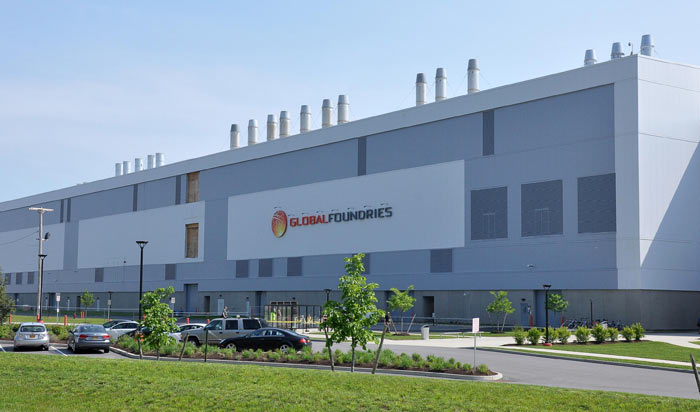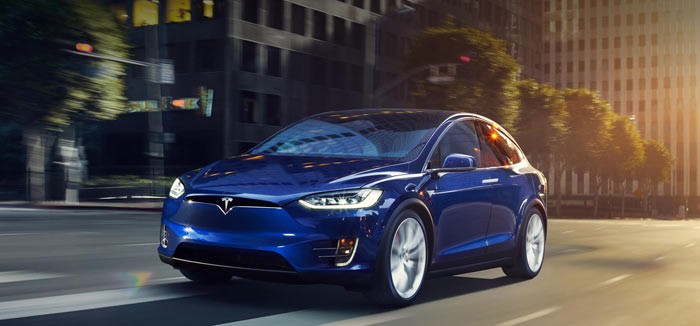Yesterday it was revealed that AMD and Tesla are working in partnership on a new computer chip to power AI for self-driving cars. Even though this news has just come to light a few hours ago, the collaboration must have been going on for some time as it has already seen some progress. An insider source talking to CNBC says that Tesla has already received samples for the first in-car processor from AMD/GlobalFoundries and "is now running tests on it". Understandably AMD shares have risen significantly in afterhours trading.

The CEO of chip fabricator GlobalFoundries, Sanjay Jha, presented at company's technology conference in Santa Clara, California yesterday. During his keynote Jha mentioned that Tesla was one of the companies now working with GlobalFoundries. In a subsequent statement GlobalFoundries denied that Jha had confirmed that the company was working directly with Tesla, and that it doesn't comment on customers or potential customers. Neither AMD nor Tesla has commented upon this story either, so far.
With the above arrangements brought to light but in question, CNBC dug around and found a "source familiar with the matter" to shine light on any arrangements between these tech companies. The financial-centric news organisation found that Tesla has already got its hands on the first samples from AMD and is running tests on the processors.

If tests prove successful it would mean Tesla would have greater vertical integration, with its own tech in the AI processor, rather than being so reliant upon Nvidia GPUs. Remember Nvidia supplies the processing power to run the current Tesla Autopilot systems. CNBC sources say that Tesla has over 50 employees working on the project with AMD. Notably one of the Tesla employees collaborating with AMD is the "chip star" Jim Keller.
Tesla CEO Elon Musk previously asserted that totally autonomous driving would be available to consumers by sometime in 2019.













